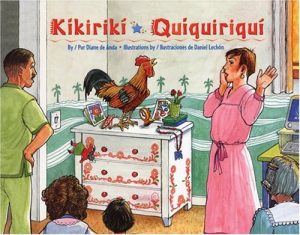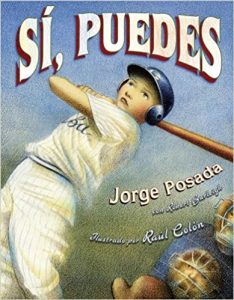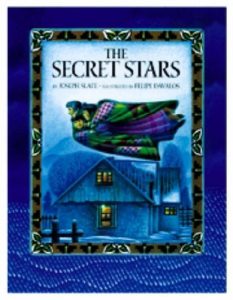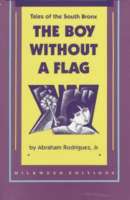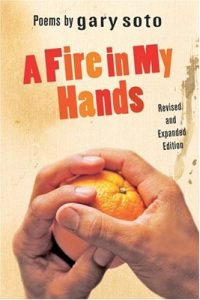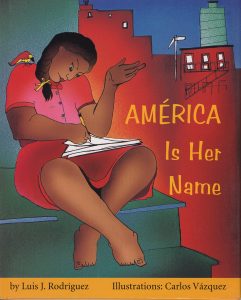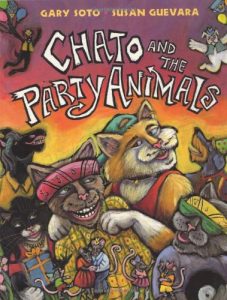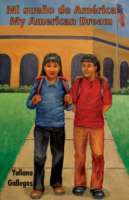
Young Yuliana Gallegos recalls her move from Monterrey, Mexico, to Houston, Texas. Initially excited about moving to Houston, where the huge freeways make her feel like she’s on a roller coaster, her excitement quickly wanes when she starts school. Everything is different at Yuli’s new school, and her discomfort is magnified by her classmates’ stares.
And to make matters worse, she learns that in spite of studying English in Mexico, she can’t understand anything that’s being said. All she wants to do is go back to her school in Monterrey. Yuli poignantly records the fear and anguish experienced by all immigrant children as they strive to adjust to a new language and culture. With the help of a compassionate teacher, a Japanese girl who becomes her friend, and her own determination to excel at her studies, Yuli gradually learns to speak English and feel comfortable in her new environment.

